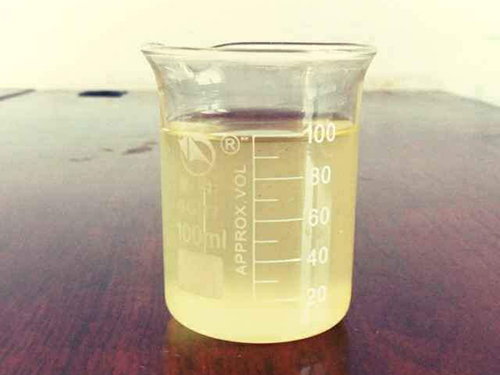Poly Aluminium Chloride for Water Treatment - Efficient and Cost-effective Solutions
Poly aluminum chloride (PAC) is a widely used chemical compound in water treatment processes. Known for its efficiency in coagulation and flocculation, PAC plays a crucial role in the purification of drinking water and the treatment of wastewater. This versatile compound is particularly favored due to its ability to operate effectively across a range of pH levels, making it suitable for various water conditions.
Poly aluminum chloride (PAC) is a widely used chemical compound in water treatment processes. Known for its efficiency in coagulation and flocculation, PAC plays a crucial role in the purification of drinking water and the treatment of wastewater. This versatile compound is particularly favored due to its ability to operate effectively across a range of pH levels, making it suitable for various water conditions.
In coagulation processes, PAC operates by neutralizing the charges of suspended particles, allowing them to clump together and form larger aggregates, or flocs. These flocs can then be easily removed through sedimentation or filtration. The chemical’s effectiveness in bridging between small particles makes it an essential agent in both drinking water treatment and industrial applications, such as textile processing and paper manufacturing.
poly aluminium chloride for water treatment

Another notable application of PAC is in the management of wastewater. The presence of various contaminants, including heavy metals and organic compounds, demands a robust treatment strategy. PAC not only aids in the removal of these pollutants but also enhances the overall quality of the water being discharged back into the environment. Its ability to improve the settling characteristics of sludge further optimizes the efficiency of wastewater treatment facilities.
Recent advancements in research have opened up new possibilities for the application of PAC. Modifications to its formulation, such as the inclusion of additional coagulants, have been explored to enhance its performance under specific conditions. This ongoing innovation highlights the importance of PAC in adapting to evolving water treatment challenges.
In conclusion, poly aluminum chloride serves as an indispensable tool in water treatment processes. Its effectiveness in coagulating and flocculating pollutants, along with its economic benefits and adaptability to various conditions, solidifies its role as a preferred choice in ensuring water quality. As global water challenges intensify, the continued use and investigation of PAC will remain pivotal in achieving safe and clean water for communities worldwide.
-
Water Treatment with Flocculant Water TreatmentNewsJun.12,2025
-
Polymaleic AnhydrideNewsJun.12,2025
-
Polyaspartic AcidNewsJun.12,2025
-
Enhance Industrial Processes with IsothiazolinonesNewsJun.12,2025
-
Enhance Industrial Processes with PBTCA SolutionsNewsJun.12,2025
-
Dodecyldimethylbenzylammonium Chloride SolutionsNewsJun.12,2025





